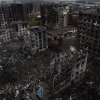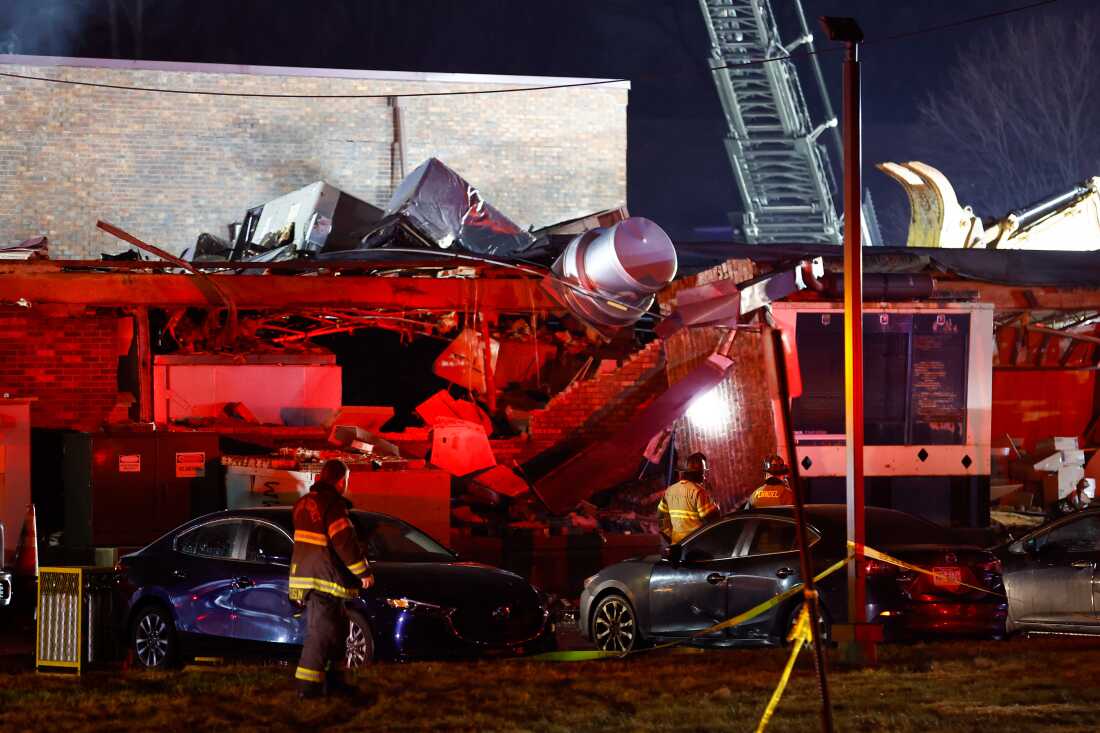Iran’s reformist President Masoud Pezeshkian has nominated a former nuclear negotiator as foreign minister to his proposed cabinet as he faces the dual challenge of resuming talks with western powers about sanctions relief while managing a potential confrontation with Israel.
Abbas Araghchi, a seasoned diplomat who played a key role in the 2015 nuclear accord negotiations, had been sidelined by hardliners in recent years as they consolidated control.
Western diplomats in Tehran and Iran’s business community welcomed Araghchi’s selection, presented to parliament on Sunday along with 18 other cabinet nominations. It was a sign that the republic might adopt a more pragmatic approach to its long-running nuclear stand-off with the west in the hope of securing sanctions relief, they said.
However, there are growing concerns that the republic is on a collision course with Israel as Iranian leaders have vowed to respond to the suspected Israeli assassination of Hamas’s political leader Ismail Haniyeh in Tehran last month.
A senior western diplomat in Tehran highlighted the difficulties of dealing with outgoing hardline officials, saying Araghchi would “make a lot of difference” on routine matters. But the diplomat added that his appointment might not signify a big shift in foreign policy, with key decisions determined by Ayatollah Ali Khamenei, the supreme leader, and the Revolutionary Guards.
The new administration faced an immediate crisis after Haniyeh’s assassination on July 31, hours after he attended Pezeshkian’s inauguration, dealing a significant blow to the republic’s prestige.
Pezeshkian, the country’s first reformist president in two decades, backed Tehran’s right to respond to an attack that Iran claimed was carried out by Israel using a short-range projectile.
Pezeshkian, who unexpectedly won a snap election after the death of former president Ebrahim Raisi in a helicopter crash in May, secured his victory in last month’s run-off against a hardliner.
He has said that Iran’s economy — hampered by currency depreciation, stagnation and years of about 40 per cent inflation — cannot recover while US sanctions on the country’s nuclear programme remain in place. Pezeshkian also promised to ease social restrictions on women, reduce internet censorship, and improve the representation of ethnic and religious minorities, as well as youth, in his government.
Pezeshkian has nominated Farzaneh Sadegh, a prominent architect, as his only female candidate. If approved by the hardline parliament, she would lead the Ministry of Roads and Urban Development and become only the second female minister in the history of the republic.
No cabinet nominations were from the Sunni religious minority, disappointing reformists who had hoped for broader inclusivity. Their exclusion underscores resistance within the Shia-dominated theocracy.
“We are not hopeless but upset with this level of discrimination and being ignored,” said a Kurdish cultural activist. “Everybody knows that the votes of Sunnis and ethnic minorities helped Pezeshkian to win, but this is not reflected in the cabinet’s choices.”
Reformist politicians said Pezeshkian did not go far enough in his cabinet selections, but added that he had to make compromises with hardliners after pledging a government of national unity.
In the first sign of differences emerging, Iran’s former foreign minister Javad Zarif, who signed the nuclear deal with world powers and played a crucial role in garnering support for Pezeshkian, resigned from his recent position as deputy president for strategic affairs.
Zarif, who was also responsible for heading a committee tasked with introducing nominees for the cabinet, expressed feeling “ashamed” that the nominees failed to fulfil promises regarding the inclusion of women, youth and ethnic minorities.
Presidential aides have acknowledged that Pezeshkian consulted Khamenei on his cabinet choices. While this strategy might help him mitigate hardliner resistance and secure support for some limited reforms, it also constrains his ability to fully implement his campaign promises.
Notably, Pezeshkian retained the head of the Atomic Energy Organization of Iran and the intelligence minister from the previous hardline government.
Parliament has a week to review the nominees. Khamenei has already urged the legislature to co-operate with the new government to ensure that Iran speaks with “one voice”.














































